Rafael Luque M. owns and operates the Venezuelan bioengineering company Vetiver Antierosión. C.A [email protected] based on vetiver grass. Part of his business was livestock production. Here follows his story as to how vetiver saved his herd during a period of drought.
Rafael’s story underscores (1) the important role that vetiver can play as a forage in periods of drought and (2) that appropriate grazing management to ensure that vetiver is cut/eaten before it loses its nutritional value as it matures is the key to its productivity. Probably concentrated rotational grazing with 4 to 6 week intervals might optimise the nutritional feed value of the grass.
“For more than 15 years I have been undertaking bioengineering applications using Vetiver grass (Chrysopogon zizanioides). Initially I owned a 1 ha fish farm. Later I moved to better land located in Las Majaguas, Edo, Portuguesa, Venezuela where I planted 6 ha of vetiver. After a few years, there were 18 ha of sugar cane, but for political-economical reasons, that are beside the point, I switched to dairy ranching, designating 4 ha for other crops, and because the sugar cane had higher caloric value but less proteins, I reserved 18.5 ha for pastures and forage crops.
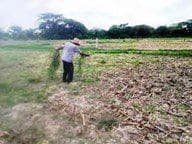

Working with the Pastoreo Racional Voisin (PRV), during the rainy season of 2014, we planted 8 ha of African Star Grass (Photo 1) and divided the area with electric fences into many small pastures. Likewise we planted a number of forage trees and fruits. At the beginning all went according to the plan (Photo 2), but unexpected sickness afflicted me and my son, José Gregorio, who partners me in this project, and we were absent from the farm for 4 months. Due to the distance between the farm and my home, nobody from the family could supervise what was happening there.

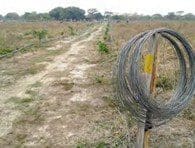
What came next is easy to understand for any Venezuelan rancher, and Latin Americans in general, thus I will only go into details about what happened with the facilities, the pasture, and the animals. We returned to the farm (2015) during the time of drought and found that all the wire fencing had been destroyed (Photos 3 and 4). The animals had entered all of the pastures and had eaten the grass before it had developed. Hardly any survived, except for 1 ha that had been eaten to the ground. In brief, there was no foliage to eat (Photos 5, 6, and 7).
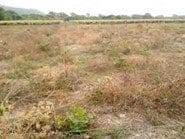
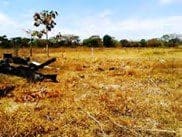
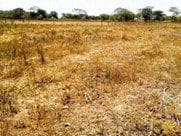
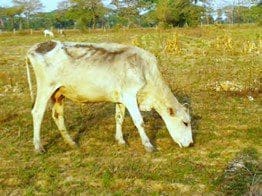
With virtually nothing to eat the cattle were thin (Photo 8), moreover, only 2 cows were producing milk, (about 8 liters/day).
My first reaction was to sell the herd. However, potential buyers lost interest once they knew that the majority of the cows were dry (not producing milk). Others offered to buy them at very low prices for slaughter.

I then decided on a plan B: Buy concentrated food to supplement the thinnest cows and those that had just calved, and also buy bales of Brachiaria humidicola (a grass commonly used as hay in eastern Venezuela) at the cost of 850 Bs (134 USD) per bale, that for 33 animals hardly lasted a day. For reference, the price of 1 liter of milk was 25 Bs. Thus, it was necessary to produce 34 liters, and my cows were only giving 8 liters per day. Soon I realized that financially I could not support this.
By good luck, on the border of the farm we had some rice that we fed it to the animals even though the nutritional value of these young shoots of rice was very low.
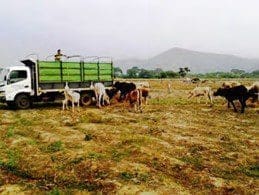
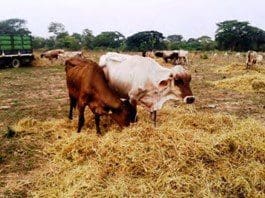

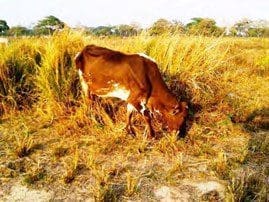
I observed that the cows were going to the 6 ha vetiver area frequently, whilst spending` little time in the other crops. I observed that the animals ate very little of the mature vetiver leaves (Photos 12 and 13). I had little hope for the vetiver, due to the presence of silica in the leaves and low palatability when mature. At this time, halfway through summer, it was almost dry. I had heard that in the Apure state, and in Africa, the cattle eat vetiver during the summer. I visited the TVNI website, the library of vetiver, where I found an Australian study comparing the nutritional value of vetiver with the grasses Rhodes and Kikuyu, obtaining results at par with the other grasses (see Appendix A).


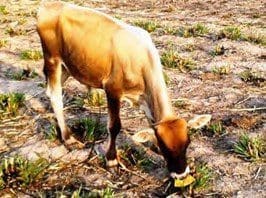
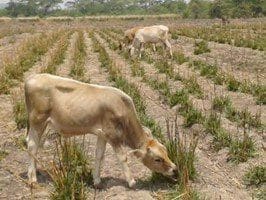
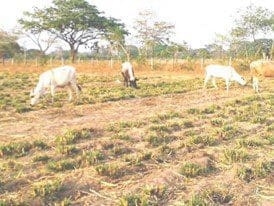
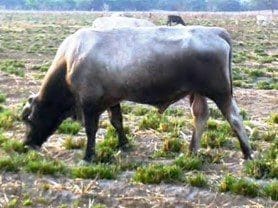
To continue, I proceeded to plan C, one that I had never anticipated. I burned 3 ha of vetiver, and cut the stems that remained after the fire, with the objective to stimulate faster growth (Photo 14). After five days, the cattle began to enter the area, meanwhile, the new foreman suggested that I wait longer for it to grow more. From prior experience, I knew that the vetiver, under these conditions, had a growth rate of 3 to 5 cm/day and for that I told him: “Don’t worry, the vetiver will grow more quickly than the hunger of the cows.” Initially, they spent little time in the fire zone (Photo 15), but as the vetiver grew, they began to spend half the day there (Photos 16, 17, and 18), and the other half of the day they were grazing in an area of trees and pastures with weeds and dry grass.
When the rainy season arrived, we were able to sow more appropriate grasses for the cattle. But I can say with confidence that VETIVER SAVED MY HERD!